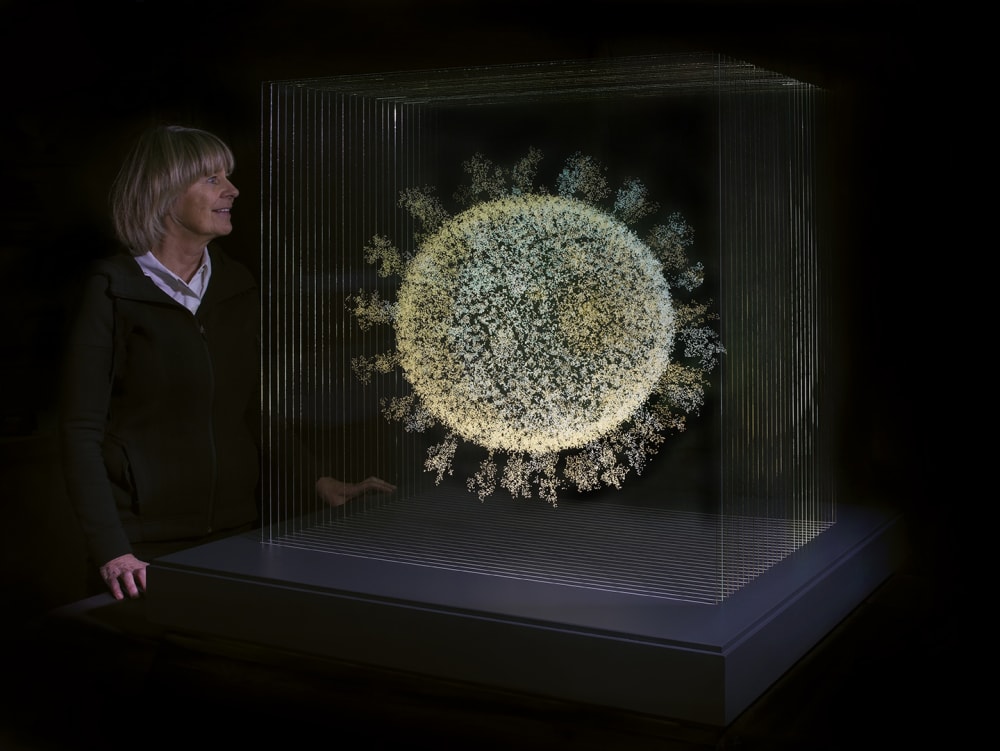In 2009, Palmer attracted major coverage for her work Ghost Forest, installed at Trafalgar Square in London. For her installation, Palmer sourced 10 stumps of commercially logged virgin forest from Ghana – an arresting visual statement on the impact of deforestation. In 2010, the work travelled to Copenhagen during the World Climate Change Summit, after which Ghost Forest was installed at the Oxford Museum of Natural History before finding its permanent home at the National Botanic Garden of Wales.
In 2015, Palmer was allowed unprecedented access to create a body of work responding to Formula 1, culminating in her exhibition at The Fine Art Society, Adrenalin. In collaboration with Renault Sport F1, Palmer deconstructed the RS27 engine to interrogate the intricacies of what exactly made the RS27 the most successful engine in the sport.
A selection of her Formula 1 work will be featured at the Guggenheim, Bilbao, as part of the upcoming exhibition Motion. Autos, Art, Architecture, showing from April 2022.
In 2020, Palmer produced a sculpture capturing the Coronavirus particle, on a scale of eight million times its actual size. Attracting coverage by BBC news, the work was unveiled by Professor Sarah Gilbert, pioneer of the Oxford-AstraZeneca Vaccine, at the Oxford Museum of Natural History.
Palmer has also turned her gaze upon herself, producing multiple self portraits with the aid of MRI imaging at the John Radcliffe Hospital in Oxford, University College Hospital London and Aberdeen University. It was this body of work that appealed to novelist Robert Harris, who reached out to Palmer to feature her works in his 2011 novel The Fear Index. Palmer's work features in the 2022 adaptation of the novel, currently showing on Sky Atlantic.
Angela Palmer (b.1957) started her career as a journalist, first working as a columnist for the Daily Telegraph in 1982 and later becoming News Editor at The Observer (1986-1988). Palmer progressed to become Editor of The Observer Magazine (1989-1992) before moving to Elle Magazine as Editor-in-Chief (1992-1993). In 2002, Palmer studied Fine Art at the Ruskin School of Drawing and Fine Art, University of Oxford where she received the Fitzgerald Prize for her work, before continuing her studies with a Masters degree at the Royal College of Art.
Palmer's work can be found in numerous public and private collections, including the Smithsonian Air and Space Museum, The National Portrait Gallery of Scotland, The National Botanic Garden of Wales, and The Science Museum, London, which holds her work The Sphere that Changed the World (Coronavirus) and will include it in a major exhibition later this year.
Pangolin London is proud to represent Angela Palmer.
